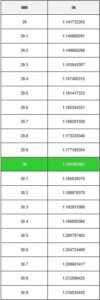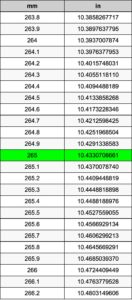Integrating Time and Attendance Solutions: Best Practices for Businesses

Effective management of time and attendance is crucial for businesses of all sizes. Ensuring accurate recording of employee hours, minimizing errors, and complying with labor laws can save both time and money. Integrating an efficient time and attendance solution into your business processes can streamline operations, increase productivity, and improve employee satisfaction.
In this article, we will explore best practices for integrating time and attendance systems into your business operations.
Why Time and Attendance Systems Matter
Managing time and attendance manually can lead to mistakes, inefficiencies, and increased administrative costs. Traditional paper-based methods or outdated systems can be prone to errors, resulting in overpayment or underpayment of employees. Modern time and attendance solutions offer automated processes that eliminate the need for manual entry, improve data accuracy, and provide real-time insights.
1. Accuracy:
Automates the tracking of work hours, reducing human error.
2. Compliance:
Ensures adherence to labor laws, overtime rules, and company policies.
3. Cost Efficiency:
Reduces administrative workload, saving time and resources.
4. Real-time Tracking:
Provides up-to-date data on employee hours and attendance.
Choose the Right System for Your Business
The first step in integrating a time and attendance solution is choosing the system that best suits your business’s needs.
1. Size of Your Workforce:
Small businesses might prefer simpler systems, while larger businesses may need more advanced functionalities.
2. Industry Requirements:
Certain industries (like healthcare or retail) may have specific needs for tracking shift patterns or overtime.
3. Integration Capabilities:
Ensure the system integrates well with your payroll software and HR tools.
4. Scalability:
Choose a system that can grow with your business.
Implement a Cloud-Based Solution for Flexibility
Cloud-based time and attendance systems offer significant advantages over on-premise solutions.
1. Remote Access:
Employees can log their hours from any device, anywhere, and at any time.
2. Automatic Updates:
Cloud systems automatically update, ensuring your business is always compliant with the latest regulations.
3. Data Security:
Cloud providers typically have robust security measures in place to protect sensitive employee data.
Ensure Employee Training and Engagement
An essential part of integrating a new time and attendance system is employee training.
1. Provide Clear Instructions:
Offer step-by-step guides or video tutorials on how to clock in and out.
2. Communicate Expectations:
Set clear guidelines on attendance policies, including tardiness, overtime, and break times.
3. Encourage Engagement:
Regularly check in with employees to gather feedback and ensure they are comfortable with the system.
Monitor Data and Generate Reports
Once your time and attendance system are in place, it is essential to regularly monitor data to ensure everything is functioning as expected.
1. Daily/Weekly Attendance Reports:
Monitor employee clock-in and clock-out times.
2. Overtime Analysis:
Track employees working overtime to ensure compliance with labor laws.
3. Absenteeism Trends:
Identify patterns in absenteeism that may require attention.
By monitoring this data regularly, you can spot any potential issues early and take corrective action when necessary.
Conclusion
Integrating a time and attendance solution into your business is a smart step toward improving operational efficiency and reducing errors. Streamlining time and attendance not only saves valuable time but also contributes to the overall success of your business by providing better insights and helping maintain a smooth workflow.













Post Comment